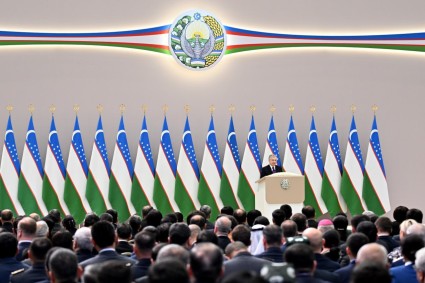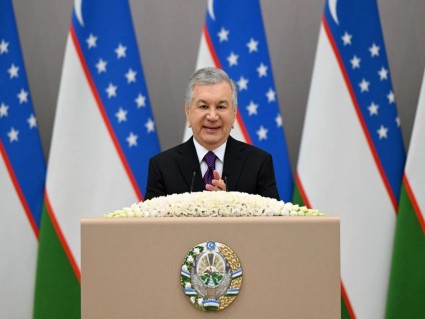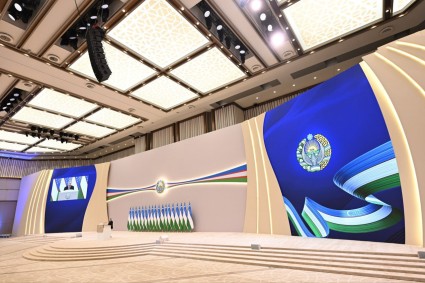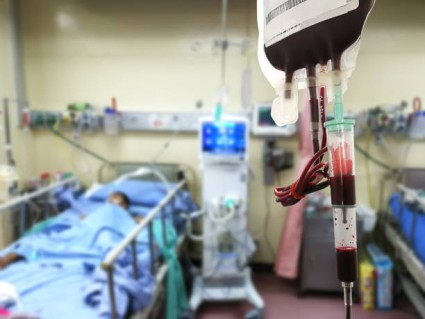The international community has raised additional funds today to support efforts to overcome the legacy of uranium mining in Central Asia. A pledging event for the Environmental Remediation Account for Central Asia (ERA) at the EBRD Headquarters in London on Thursday was attended by representatives of more than 30 countries and international organisations.
The event was opened by EBRD First Vice President Jurgen Rigterink who emphasised the Bank’s commitment to make its expertise available to protect people from radiation risk.
The European Commission increased its contribution by €10 million. Belgium, Switzerland, the United States and Norway also pledged significant contributions, and Lithuania made a donation. This is sufficient to extend the work of the fund to additional contaminated sites but more will be required to tackle all high priority sites in the region.
The fund was established in 2015 at the initiative of the European Commission and is managed by the EBRD. The ERA has started operating in the Kyrgyz Republic, Tajikistan and Uzbekistan following the signing of framework agreements. Remediation works will start in 2019 at four sites in the Kyrgyz Republic and Uzbekistan.
Central Asia served as an important source of uranium in the former Soviet Union. Uranium was mined for over 50 years and uranium ore was also imported from other countries for processing there. A large amount of radioactively-contaminated material was placed in mining waste dumps and tailing sites. Most of the mines were closed by 1995 but very little remediation was done neither prior to nor after closure of the mining and milling operations.
The amount of radioactively-contaminated material accumulated in the region is a threat to the environment and to the health of the population. Many of the uranium legacy sites in Central Asia are concentrated along the tributaries of the Syr Darya river which runs through the densely populated Fergana Valley, the agricultural centre of the region which is shared by the Kyrgyz Republic, Tajikistan and Uzbekistan.
The ERA’s goal is to assist these countries to remediate some of the most dangerous sites left by the past uranium production. These seven sites have been identified in a Strategic Master Plan (SMP), jointly developed by key stakeholders. The SMP is publicly available on the website of the International Atomic Energy Agency.
Balthasar Lindauer, EBRD Director, Nuclear Safety, said: “We are grateful for the international community’s renewed display of solidarity with Central Asia. This commitment gives us a boost to progress with our work which will enter the implementation period next year. While the first steps have been promising, more remains to be done and we need to maintain the very good cooperation of all partners.”
Adriaan van der Meer, Chair of the ERA Fund Assembly, added: “Work on environmental remediation is at a crucial stage. Most plans for actual remediation in priority areas in Central Asia are now ready and independently reviewed. I support the call from the Central Asian countries to the international community to make the necessary financial means available so that the actual environmental clean-up can start as soon as possible. By doing so the programme will move to the next phase “
The Environmental Remediation Account for Central Asia (ERA) was established at the initiative of the European Commission and is the seventh and latest decommissioning fund managed by the EBRD to support nuclear safety and security in the Bank’s regions. Other EBRD-managed funds are active in the transformation of Chernobyl, financing the decommissioning of former Soviet-type nuclear reactors in Bulgaria, Lithuania and the Slovak Republic and management of radioactive waste in north-west Russia.













